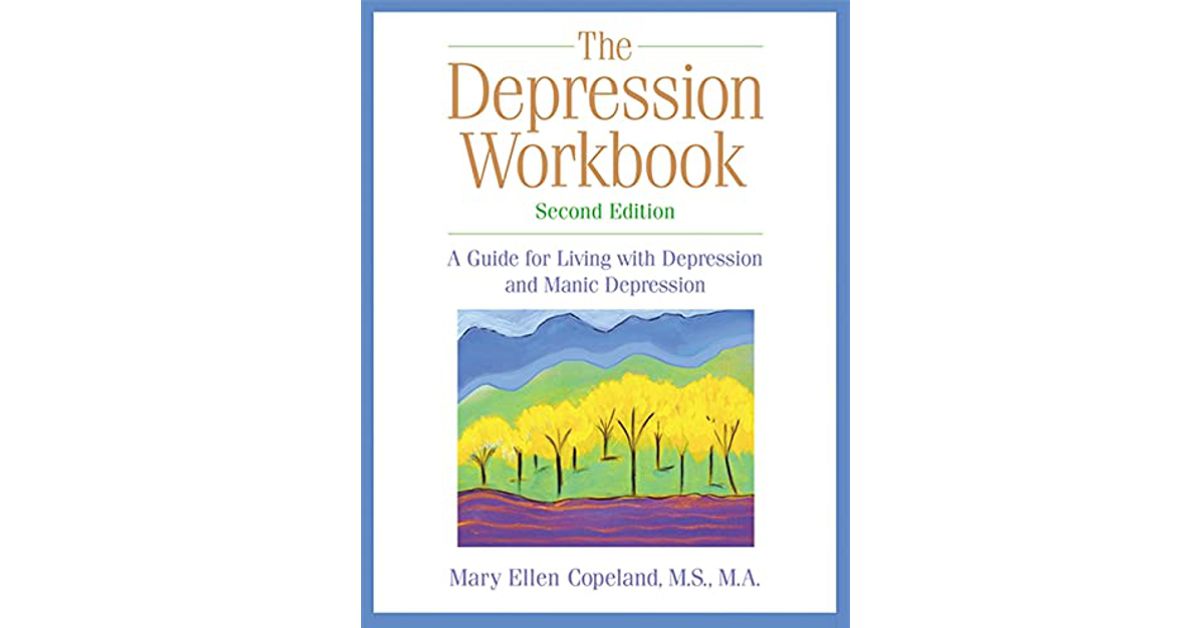Coping with depression can be challenging, and many individuals may feel lost and alone in their journey. In "The Depression Workbook: A Guide for Living with Depression and Manic Depression" authors Mary Ellen Copeland and Matthew McKay offer a comprehensive guide to understanding and coping with depression in daily life.
Depression is a mental health condition that affects millions of people worldwide. It can manifest in different forms, such as major depressive disorder and manic depression.
Written by a licensed professional counselor and a clinical psychologist, the book offers a unique perspective on mental health that challenges common stereotypes and misconceptions about depression.
Summary of the book
"The Depression Workbook" provides a detailed summary of the main themes and ideas presented in the book. The authors begin by sharing their personal stories of living with depression and how it has shaped their understanding of mental health.
From there, they delve into the key concepts of the book, including practical applications, self-care and self-compassion and the importance of empowerment in one's mental health journey.
Main ideas
The book presents key concepts on depression and mental health, including the causes and symptoms of depression, and the different types of treatment available.
The authors challenge the common stereotypes and misconceptions about mental illness, providing a deeper understanding of depression and empowering individuals to take control of their mental health.
The book also discusses practical applications, self-care and self-compassion as essential elements in coping with depression.
The authors provide a holistic approach to mental health that goes beyond the traditional medical model, and emphasizes the importance of looking at the whole person and not just the symptoms of depression.
Practical application
The book provides a range of tools and techniques for individuals to use in their daily lives to manage their depression and improve their mental well-being.
These include journaling exercises, relaxation techniques, and self-reflection prompts. The authors also provide tips for effective communication, building healthy relationships, and setting realistic goals.
They also discuss how to manage symptoms such as sleep disturbance and anxiety, which are common among people with depression.
The book also includes a section on medication management, which is an important aspect of treating depression.
The authors explain the different types of medication available, including antidepressants, mood stabilizers, and antipsychotics, and provide guidance on how to work with a healthcare provider to find the right medication for an individual.
They also discuss the potential side effects of these medications, and provide tips for managing them.
Practical applications
"The Depression Workbook" also provides specific guidance and advice for women in their 40s and beyond, who may be facing additional challenges such as menopause, aging parents, and difficult children.
The authors discuss how these factors can impact mental health and provide guidance on how to manage these additional challenges.
They also discuss how to deal with the unique symptoms of perimenopause and menopause, which can include sleep disturbances, hot flashes, and mood swings.
Additionally, The authors also discuss the importance of support systems, including therapy and support groups, in the recovery process. They provide guidance on how to find a therapist, how to navigate therapy, and the benefits of support groups.
They also emphasize the importance of family support and the role that friends and loved ones can play in helping an individual cope with depression.
Conclusion
"The Depression Workbook: A Guide for Living with Depression and Manic Depression" is an important resource for understanding and coping with depression in daily life.
It offers a unique perspective on mental health that challenges common stereotypes and misconceptions about depression. The book is an encouragement to read and apply its teachings in daily life.
If you liked the book and want to keep informed about our latest entries please save our site in your bookmarks. Thank you for reading.
It's important to note that this workbook is a guidance tool that should be used in conjunction with professional help, rather than replacing it. It's also worth remembering that depression is an illness that can have many different causes, and it's important to have an open and honest discussion with a professional in order to determine the best course of treatment.
However, this workbook can be a great resource for self-help and self-care strategies, and can serve as a valuable companion throughout the process of healing and recovery.
Are you a woman in your 40s struggling with depression or manic depression? "The Depression Workbook: A Guide for Living with Depression and Manic Depression" by Mary Ellen Copeland and Matthew McKay is a must-read for you.
Written by a licensed professional counselor and a clinical psychologist, this comprehensive guide offers a unique perspective on mental health that challenges common stereotypes and misconceptions about depression.
It provides practical tools and techniques to use in your daily life to improve your mental well-being and includes special attention to the additional challenges that women in their 40s may face such as menopause, aging parents, and difficult children.


Leave A Comment